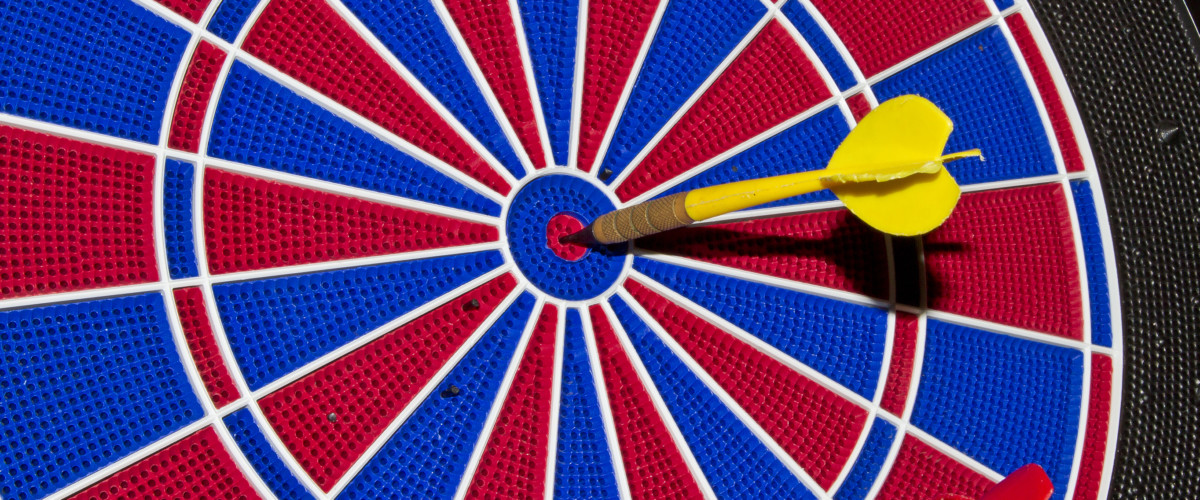The Two Darts

Phil and James have been frat brothers for the past two years. This particular warm Sunday afternoon was providing relative boredom for both of them. Being hot and muggy both guys were stripped down to only in their gym shorts all day.
About 3:00PM they decided to go down to the basement to play darts and have a few beers. Before too many beers the competition began to grow. At one point when Phil was up to throw, James decided to taunt his buddy by going up to the dart board wall and repeatedly say: “come on bet you can’t hit me, let alone hit the bullseye!” Becoming annoyed, Phil all of a sudden let the dart go with fury…
Being hit squarely in the chest, James screamed in agony. As he looked down at his bare chest he not only saw the dart shuttering back-and-forth, but he also saw a pretty good sized stream of blood begin to reach for his midsection.
James was certainly suffering from the intense pain and shock. The worse, however, was to come. Within seconds there was a second dart thrown, which would elevate the level of suffering ten fold. Surprisingly the second dart came not from Phil but from James himself.
The world’s first psychologist initially told the story of the two darts several thousand years ago. This ancient Indian wise man had one primary goal in mind, to help people suffer less. His name was Siddhartha Gautama. Siddhartha reminded us that we all unfortunately would experience suffering in our life. Whether physical or emotional suffering, he depicted that suffering as being hit by the first dart. It is an unavoidable fact.
The second dart, as with James, is the dart we basically end up throwing at ourselves. It is the over dramatic reaction we experience to the suffering of the first dart. In our frat brother’s case, it was his yelling in rage that Phil “would ever have done such a thing”. “No one ever takes me seriously, why did you?” “Oh I hurt, I might even be dying…” I think you get the picture?
So what do these two darts have to do with us? The morning of November 9, 2016 saw many many darts flying around, especially on the West and East Coasts. It took about two minutes of the morning news show to view the intense painful reaction of the popular majority of voters in the U.S. over the results of the election. At the same time, obviously there were almost as many happy people dancing in the streets in the belly of our country.
I believe it is very important for those in pain to take the time to actually experience the fullness of their pain. It hurts. It is something to grieve. I can’t help but be reminded of the old Stages of Death and Dying. You may remember that whether one is dying or grieving, the stages are the same: denial, anger, bargaining, depression, and acceptance. Experiencing these stages to the fullest is “first dart” material. It is vital in grief not to engage in extended periods of denial or avoidance. Feel it. Avoidance will lend itself towards ill health and more suffering.
Having said that, as painful as the suffering of the first dart is, it is nothing like the second dart. If we over dramatize our suffering we will inevitably end up suffering more. As I have watched the rioting these past few evenings, I certainly would never try to judge whether this was, among the perpetrators, evidence of the first dart-anger or dramatic second-dart reaction leading to increased suffering. What I am certain of is that they are creating a snowball of suffering for many others who are just trying to deal with the suffering of the first dart. Acting out is most often a disguise to not deal with the internal pain and suffering we feel.
Of course the message of the two darts has broad ramifications in our lives. Personally, I have found it practical wisdom for all types of suffering (even surgery).
Oh yes, as you likely already know, that psychologist was given the nickname of Buddha.
“Bet you can’t hit me…!”
Tim Berry
